J-pole antennas are an interesting solution to the goal of more gain with a simple antenna. I won’t go into the specifics of what a J-pole is as there are plenty of sites on the Internet with good plans to help you build your own.
However, there seems to be much hype about j-poles that make some folks think they have some kind of magical antenna properties. Indeed many folks report staggering improvements over their previous antennas. Is all the hype warranted?
Well, simulation is not a perfect endeavor, but can certainly help analyze simple antennas at a good enough accuracy to make comparisons possible and reasonable. Enter the contenders…
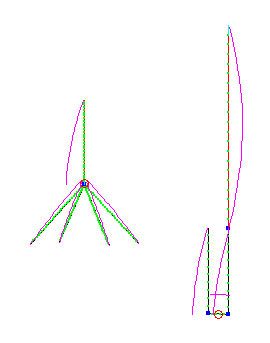
In the left side of the ring we have the classic 1/4 wave monopole antenna with four drooping radials. On the right we have at a full 3/4 total wave in height the j-pole antenna.
These two antenna models are based on Cebik’s antenna collection available from his web site. If you would like to simulate these and hundreds more antenna models, seriously consider purchasing his collection.
The plot above shows the monopole as the primary trace in red compared with a j-pole in blue. Both have their feed points up 30 feet. The j-pole and the monopole have, for all practical purposes, identical gain in the primary low-angle lobe just above the horizon. Hmm, where is the benefit?
The overall gain of both antennas is lower and the j-pole shows a slight edge of about .5 dB. This is still hardly worth much.
Now we are beginning to see more difference between the monopole and the j-pole although both exhibit less gain than either at higher installations. Also, the primary lobe angle is higher above the horizon.
This plot above compares the J-pole at 6, 15 and 30 feet above ground to demonstrate the key benefit of getting your antenna, any antenna, as high as possible. You might be wondering why so much gain occurs beyond what theory tells you. One difference between theory and reality is theoretical antennas are frequently simulated in free space without the interaction from the ground. The ground causes absorption, reflections and other reactions that sometimes help and sometimes hurt our desired signal characteristics.
This simulation suggests the J-Pole offers some benefits to the operator, but not the fabulous and amazing results some claim to exist. The question is, then, why do so many folks get good results. Well, let’s examine some possibilities…
- Many new hams try a J-Pole (sometimes a ladder line variety) to see if it will be better than the rubber ducky antenna on their HT. By simple virtue of the J-Pole being almost certainly in a much better antenna location, there is no doubt the operator sees a vastly superior signal over the HT antenna.
- J-Poles are taller. This may seem silly, but getting that half-wave portion of the antenna well above the feed point of a comparison monopole results in a significant height improvement. This difference is more pronounced at low heights and may be why the simulation shows the J-Pole beating the monopole more so at six feet.
The diagram below show how each antenna placed at the common feed point height. The height advantage of the J-Pole is clear.
The mystic of J-Pole antennas may cause some disappointment if folks are expecting more gain than a J-Pole can deliver. Don’t listen to the fabulous claims. If you desire to try a J-Pole just go ahead and do it. I did and I like mine just fine. Here are some advantages to a J-Pole…
- Some, but not staggering, gain improvements at lower elevations
- Slender design with little width
- Simple sturdy construction makes for a hardy antenna
- Entire antenna is at same dc potential allowing a grounded mount to dissipate static charge – however, the mast will become part of the antenna if you don’t choke the RF currents – Read “J-pole Antenna – Should I Ground It?“
- A truly balanced-feed half-wave antenna that requires no ground for use – compare this with transformer based half-wave antennas that MUST be coupled to a good ground for the coax-side transformer currents to flow (lots of people make the wrong assumption half-wave mobile antennas do not need ground)
J-Poles, whether copper cactus plumbing specials or ladder line types stuffed into PVC, work just fine, but don’t offer magical capabilities. Try one.
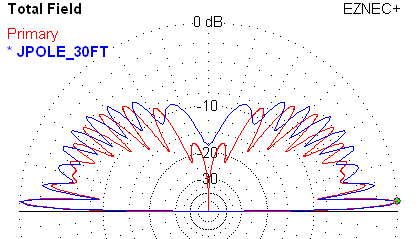
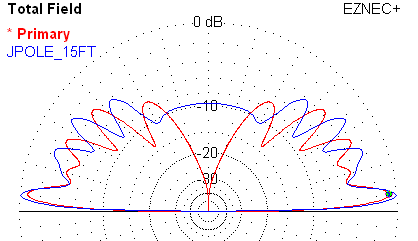
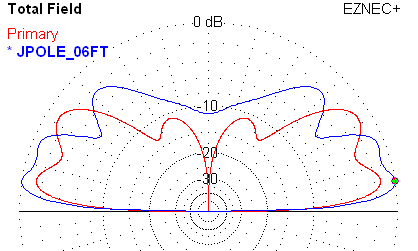
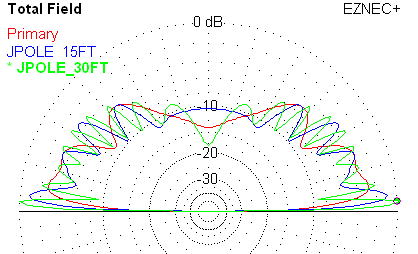

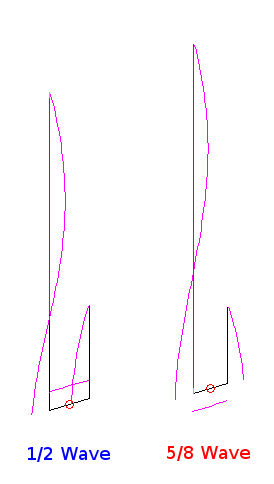
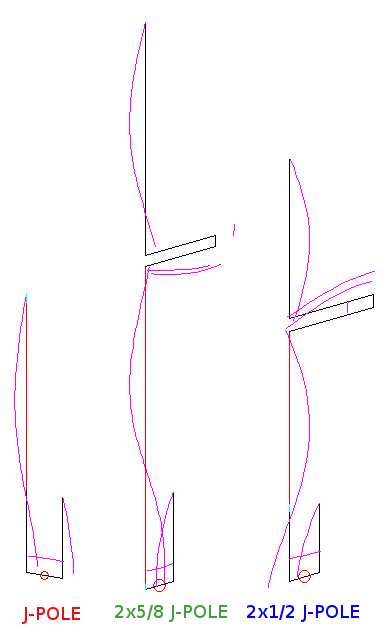
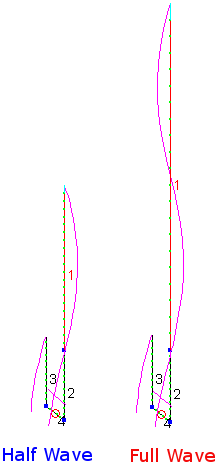
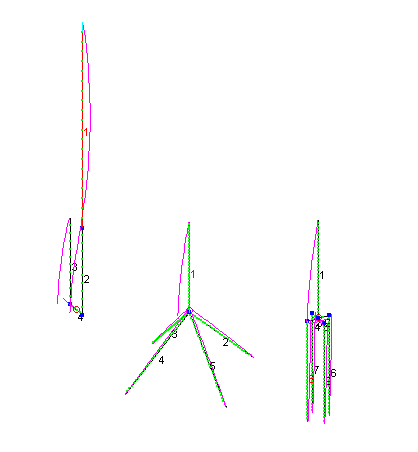
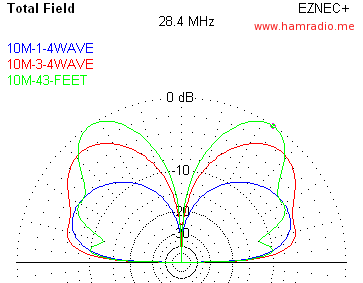
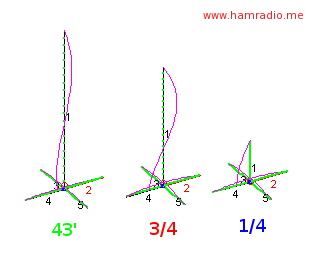
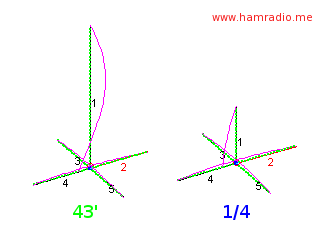
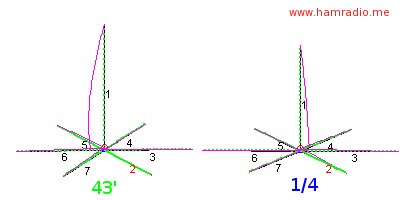
Would you please take alook at my J-pole design information section. On this page you will fine a drawing with formulas to build a 3/16th stainless steel 2/440 mobile J-Pole using INDUCTIVE TUNING. There is also pictures of the finish J-Poles. There are two of KR7KZ's mobile J-poles at the ARRL, One is on the tower and the other one in the museum. http://www.qrz.com/db/kr7kz
Thank You sir!
73'
Jerry Bustin
KR7KZ
It would be nice if you posted your EZNEC J pole file.
Tnx,
Dale W4OP
I'd like to have the file for a starting point.
Jeff KJ4RWH